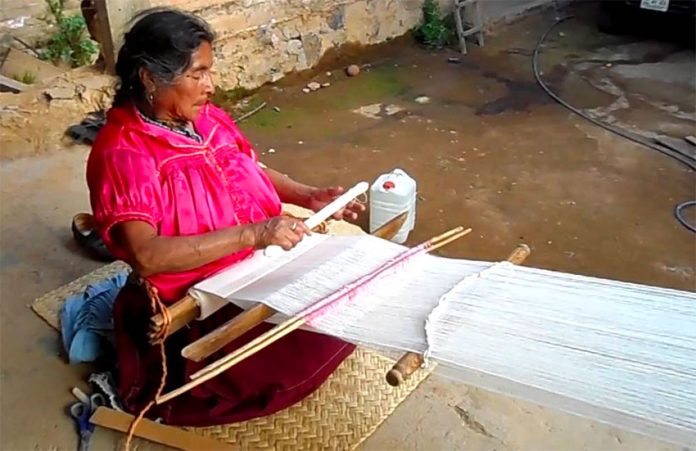The house of fashion designer Isabel Marant has issued a statement apologizing to Mexico and the indigenous groups whose traditional design patterns she used without acknowledgement in her latest winter-fall clothing collection.
Earlier this month, Culture Minister Alejandra Frausto Guerrero wrote an open letter to the French designer, questioning her use of indigenous designs in her clothing, citing in particular a Marant cape that Frausto said featured stolen design patterns long associated with the Purépecha of northwestern Michoacán.
The cape is featured on Marant’s clothing website for 490 euros (US $580).
Frausto also charged that the collection used designs belonging to other indigenous people in México state, Tlaxcala, San Luis Potosí and Oaxaca.
“I ask you, Ms. Isabel Marant, to publicly explain on what grounds you privatize a collective property, making use of cultural elements whose origin is fully documented,” Frausto wrote.
Marant’s design house initially claimed that the designer was simply paying tribute to the indigenous communities of Mexico, a country with which the designer said she was well familiar. It also said that Marant’s brand is firmly oriented toward highlighting traditional cultures around the world, and that the collection reinterprets indigenous patterns as a way of “valorizing and highlighting” the mix of cultures generally.
However, the latest company statement said that Marant had been “enormously saddened” that her focus on indigenous patterns had been perceived as cultural appropriation, and that the designer had wanted “to promote a craft and pay tribute to the aesthetic to which it is linked.”
Future Marant designs, the statement went on to say, would “pay tribute to our sources of inspiration.”
Frausto, who made public Marant’s statement of apology, said that while she recognized the importance of Marant’s apology, it was the indigenous communities themselves who would decide whether to accept it.
She also invited Marant to Mexico to visit the peoples whose designs she had used, to learn their languages and “their worldview represented in the language of each piece,” as well as the time and money that the indigenous makers had invested in their work.
